|
|
Gold Jewelry: 14k, 18k, 22k & 24k White, Yellow, Pink, Green, Red, Blue, Purple & Rose Gold
Gold - Au
|
Atomic number
|
79
|
|
Atomic mass
|
196.9655 g.mol -1
|
|
Electronegativity ccording to Pauling
|
2.4
|
|
Density
|
19.3 g.cm-3 at 20°C
|
|
Melting point
|
1062 °C
|
|
Boiling point
|
2000 °C
|
|
Vanderwaals radius
|
0.144 nm
|
|
Ionic radius
|
0.137 nm (+1)
|
|
Isotopes
|
7
|
|
Electronic shell
|
[ Xe ] 4f14 5d10 6s1
|
|
Energy of first ionisation
|
888 kJ.mol -1
|
|
Energy of second ionisation
|
1974.6 kJ.mol -1
|
|
Standard potential
|
+1,68 V ( Au+/ Au )
|
|
Discovered
|
c.a. 3000 BC
|
|

|
Gold
Gold is metallic, with a yellow colour when in a mass, but when finely divided it may be black, ruby, or purple. It is the most malleable and ductile metal; 1 ounce (28 g) of gold can be beaten out to 300 square feet. It is a soft metal and is usually alloyed to give it more strength. It is a good conductor of heat and electricity, and is unaffected by air and most reagents.
Gold is usually alloyed in jewellery to give it more strength, and the term carat describes the amount of gold present (24 carats is pure gold). It is estimated that all the gold in the world, so far refined, could be placed in a single cube 60 ft. on a side.
The most common gold compounds are auric chloride (AuCl3) and chlorauric acid (HAuCl4). A mixture of one part nitric acid with three of hydrochloric acid is called aqua regia (because it dissolved gold, the King of Metals). It is unaffected by air and most reagents.
Applications
Gold is used as buillon and in jewellery, glass and electronics. Jewellery consumes around 75% of all gold produced. Gold for jewellery can be given a range of hues depending on the metal with which is alloyed (white, red, blue, green etc.). Colloidal gold is added to glass to colour it red or purple, and metallic gold is applied as a thin film on the windows of large building to reflect the heat of the Sun's ray. Gold electroplating is used to in the electronic industry to protect their copper components and improve their solderability.
Gold in the environment
Glod is widely distributes on the earth at a background level of 0.03 g/1000 kg (0.03 ppm by weight). Its interness and its high density causes it to concentrate in streambeds, either in small flakes or in larger nuggets, from which it may be recovered by panning. It is found free in nature and associated with quartz, pyrite and other minerals.
Most gold is mined and comes from gravels and quarts veins or is associated with pyrites deposits. Two thirds of the world's supply comes from South Africa, and 2/3 of USA production is from South Dakota and Nevada. Other main mining areas are Canada and Russia. Gold is found in sea water, but no effective economic process has been designed (yet) to extract it from this source. World production is around 2500 tonnes per year, but reserves are estimated to be ten of thousand of tonnes.
Health effects of gold
Effects of exposure: Inhalation: May cause irritation if exposure is prolonged or excessive. Ingestion: No adverse effects expected. Skin: May cause irritation and allergic reaction. Eye: May cause irritation.
Gold is used to cure rheumatoid arthritis, under a treatment called Chrysoteraphy. It is prescribed when treatment with non-steroid antu-infiammatory drugs is failing to give relief.
Environmental effects of gold
Gold has not been evaluated for its ecotoxicity. However, the biodegradation of gold under aerobic conditions is expected to be very poor and there is no evidence to suggest it creates ecological problems when released into the environment. Since gold is insoluble, it is believed to have minimal bioaccumulation and bioavailability characteristics.
Gold's natural color is further enhanced by alloying it with small amounts of other metals. Jewelers
create yellow, rose, green and white golds by using different alloys. More
copper results in a soft rose color; additional silver creates green gold; and
palladium produces white.
Properties: Gold is very
durable and look no further than the nearest museum where gold jewelry, coins
and artifacts from ancient civilizations attest to the metal's enduring beauty
and permanence. Jewelers throughout the ages have preferred gold to all other
metals for its beauty and ease of workmanship. Gold can be melted, or shaped, to
create any design. It can be alloyed with a number of other metals to increase
its strength and produce a variety of colors.
Colors of Gold: Gold comes
in a variety of colors. Because gold is alloyed with other metals to increase
its strength, it can also be made in a variety of colors. For example, yellow
gold is created by alloying the metal with copper and silver; using copper only
creates pink gold; white gold contains platinum or palladium, zinc and copper;
green gold contains silver, copper and zinc.
24K Gold: Pure gold, or
24-karat, is generally considered too soft for use in jewelry, so it is alloyed
with other metals to increase its strength.
18K Gold: 18K Gold is
18/24ths, or three-quarters pure gold. Jewelry of this fineness is marked "18k"
or "750," meaning 75 percent gold.
14K Gold: In the United
States, 14-karat gold is used most commonly for jewelry. Fourteen-karat gold is
14/24ths, or slightly more than one-half pure gold. Jewelry of this fineness is
marked "14k" or "585," the European designation meaning 58.5 percent
gold.
10K Gold: Nothing less than
10-karat gold can be legally marked or sold as gold jewelry in the United
States. These pieces are marked "10k" or "417," the European designation meaning
41.7 percent gold.
Stamping: Look for
trademarks accompanying the quality mark. When a piece of jewelry is stamped
with a quality mark, law requires that it be stamped with a hallmark or
trademark as well. Sometimes the jewelry is also marked with its country of
origin. These designations are designed to assure you that you are buying
genuine gold jewelry of the karatage marked.
Silver, iron, platinum, gold, and copper are all metals, which generally are
malleable and ductile, conduct electricity and heat, and have a metallic luster.
Some of their properties can be attributed to the way electrons are arranged in
the material.
Metals are colored because the absorption and re-emission of light are
dependent on wavelength. Gold and copper have low reflectivity at short
wavelengths, and yellow and red are preferentially reflected, as the color here
suggests. Silver has good reflectivity that does not vary with wavelength, and
therefore appears very close to white.
Silver, gold and copper have similar electron configurations, but we
perceive them as having quite distinct colors. Electrons absorb energy from
incident light, and are excited from lower energy levels to higher, vacant
energy levels. The excited electrons can then return to the lower energies and
emit the difference of energy as a photon.
If an energy level (like the 3d band) holds many more electrons (than other
energy levels) then the excitation of electrons from this highly occupied level
to above the Fermi level will become quite important. Gold fulfills all the
requirements for an intense absorption of light with energy of 2.3 eV (from the
3d band to above the Fermi level). The color we see is yellow, as the
corresponding wavelengths are re-emitted. Copper has a strong absorption at a
slightly lower energy, with orange being most strongly absorbed and re-emitted.
In silver, the absorption peak lies in the ultraviolet region, at about 4 eV. As
a result, silver maintains high reflectivity evenly across the visible spectrum,
and we see it as a pure white. The lower energies (which in this case contain
energies corresponding to the entire visible spectrum of color) are equally
absorbed and re-emitted.
Silver and aluminum powders appear black because the white light that has
been re-emitted is absorbed by nearby grains of powder and no light reaches the
eye.
Transmitted color of gold
Gold is so malleable that it can be beaten into gold leaf less than 100 nm
thick, revealing a bluish-green color when light is transmitted through it. Gold
reflects yellow and red, but not blue or blue-green. The direct transmission of
light through a metal in the absence of reflection is observed only in rare
instances.
Colored gold alloys
When two metals are dissolved in each other (as is the case with alloys), the
color is often a mixture of the two. For example, copper dissolved in gold
changes the color from a yellow-gold to a red-gold. Silver dissolved in gold
creates a green-gold color. White gold contains palladium and silver. The color
of gold jewelry can be attributed to the addition of different amounts of
several metals (such as copper, silver, zinc, and so on). Some of these color
changes can be explained by shifts in the energy levels relative to the Fermi
level.
Some alloys form intermetallics, where strong covalent bonds replace metallic
bonding. Bonding is localized, so there is no sea of electrons.
aluminum to gold creates a brittle purple gold. Purple gold
used in a pin, and a purple gold inlay within a yellow gold
ring.
When indium or gallium is added to gold, a blue color can result. The cause
of color in these intermetallics is different than that of yellow gold.
Surface colors
Many metals create the illusion of being colored. The color can be attributed
to a very thin surface coating, such as a paint or dye, or thin oxide layers can
create interference colors (see butterflies) similar to
those in oil or soap bubbles.
Some metals like aluminum (left) and titanium (right) can be anodized to
create colors. The anodizing process creates a thin oxide layer. Aluminum and
titanium films produced by anodizing can form thin, transparent coatings that
produce interference effects in reflected light. The colors are applied using a
bath, a brush, or a sponge, with the voltage applied determining the final
color. Another anodizing application, particularly in aluminum, is the formation
of thick, porous coatings that can absorb dyes to produce intense
colors.
Stainless steel can also be colored, the color varying with oxide thickness, but the anodizing process is not used. In Sky Church, the purple area
consists of stainless steel, coated to create interference effects. The panels
appearing to flutter above the path of the monorail speeding below are made from
painted aluminum.
Gold can be colored by creating surface oxide layers. Because gold does not oxidize in its pure form, base metals have to be added to create blue, brown,
and black gold. The "Hearts" collection, in blue gold, is by Ludwig Muller of
Switzerland. Crosses of black gold may be colored in different ways, as shown
above. This antique engraved Czechoslovakian glass shows color produced by colloidal
suspensions. When gold is in metallic colloidal form, as in the 10-nm-diameter
particles in "ruby glass," the very complex "Mie scattering theory" has to be
used to explain the unexpected red color illustrated; the yellow glass in this
figure is colored by Mie scattering from metallic colloidal silver
particles.
 |
| Black Gold Jewelry |
 |
| Blue Gold Jewelry |
 |
| Green Gold Jewelry |
 |
| Pink, Blue, Green Gold Jewelry |
 |
| Pink Gold Jewelry |
 |
| Purple Gold Jewelry |
 |
| Rose Gold Jewelry |
 |
| Rose Gold Jewelry |
Gold Alloys
| Color of Gold |
Alloy Composition |
| Yellow Gold (22K) |
Gold 91.67%
Silver 5%
Copper 2%
Zinc 1.33% |
| Red Gold (18K) |
Gold 75%
Copper 25% |
| Rose Gold (18K) |
Gold 75%
Copper 22.25%
Silver 2.75% |
| Pink Gold (18K) |
Gold 75%
Copper 20%
Silver 5% |
| White Gold (18K) |
Gold 75%
Platinum or Palladium 25% |
| White Gold (18K) |
Gold 75%
Palladium 10%
Nickel 10%
Zinc 5% |
| Gray-White Gold (18K) |
Gold 75%
Iron 17%
Copper 8% |
| Soft Green Gold (18K) |
Gold 75%
Silver 25% |
| Light Green Gold (18K) |
Gold 75%
Copper 23%
Cadmium 2% |
| Green Gold (18K) |
Gold 75%
Silver 20%
Copper 5% |
| Deep Green Gold (18K) |
Gold 75%
Silver 15%
Copper 6%
Cadmium 4% |
| Blue-White or Blue Gold (18K) |
Gold 75%
Iron 25% |
| Purple Gold |
Gold 80%
Aluminum 20% |
 |
 |
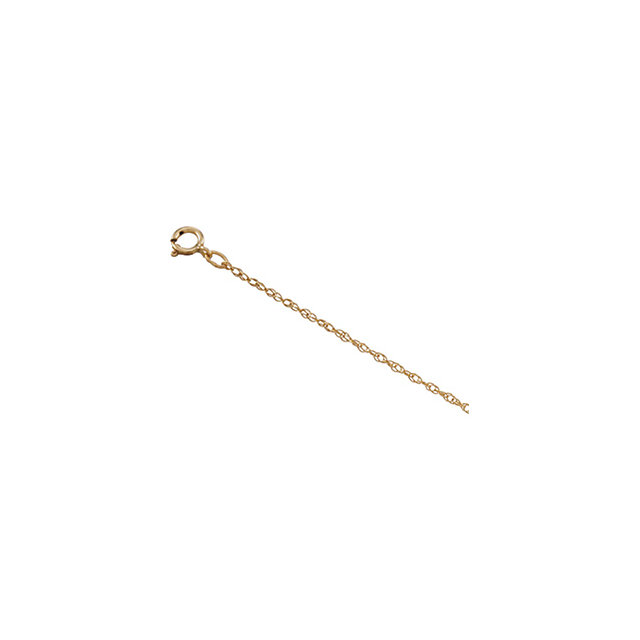 |
 |
|
14k Yellow, White, Pink, Rose, Blue Gold Men & Women Bangles
|
14k Yellow, White, Pink, Rose, Blue Gold Men & Women Bangles
|
14k Yellow, White, Pink, Rose, Blue Gold Men & Women Chains
|
14k Yellow, White, Pink, Rose, Blue Gold Men & Women Chains
|
 |
 |
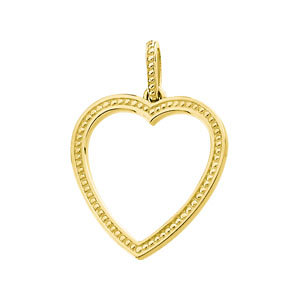 |
 |
|
14k Yellow, White, Pink, Rose, Blue Gold Men & Women Earrings
|
14k Yellow, White, Pink, Rose, Blue Gold Men & Women Earrings
|
14k Yellow, White, Pink, Rose, Blue Gold Men & Women Pendants
|
14k Yellow, White, Pink, Rose, Blue Gold Men & Women Pendants
|
 |
 |
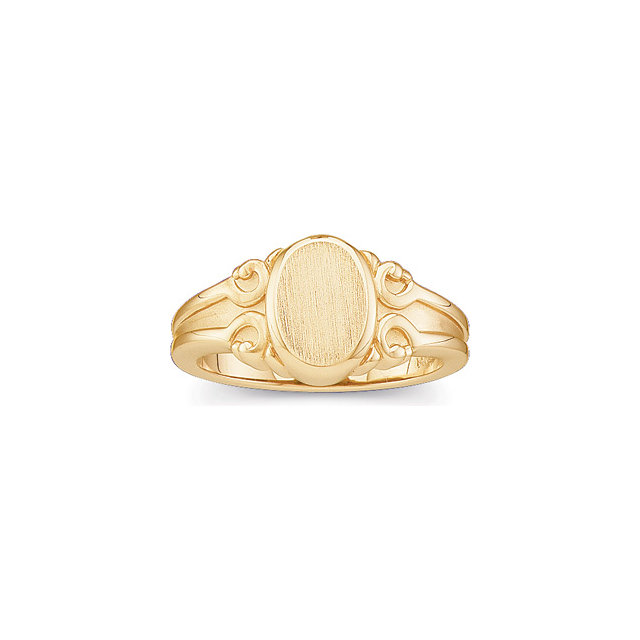
|
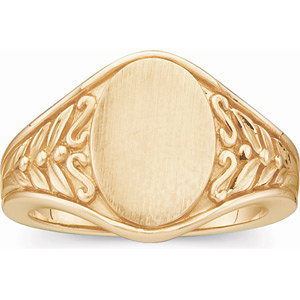
|
|
18k Yellow, White, Pink, Rose, Blue Gold Men & Women Chains
|
18k Yellow, White, Pink, Rose, Blue Gold Men & Women Chains
|
Fine Polished 14k Yellow, White, Blue, Rose Gold Mens Signet Rings
|
Fine Polished 14k Yellow, White, Blue, Rose Gold Mens Signet Rings
|
|
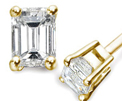
|
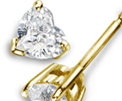
|
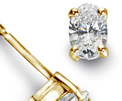
|
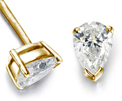
|
|
14k White Gold Studs with Octogon
Diamonds.
View Earrings Studs |
Diamond Details.
|
14K Yellow Gold Studs with Heart Diamonds.
View Earrings
Studs | Diamond
Details.
|
14K Yellow Gold Studs with Oval Diamonds. View
DiamondStuds | Diamond
Details.
|
14K Yellow Gold Studs with Pear Diamonds. View Diamond Studs |
Diamond Details.
|
|
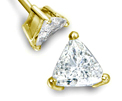
|
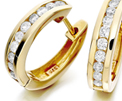
|
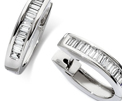
|
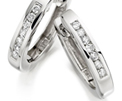
|
|
14k Yellow Gold Studs with Trillion
Diamonds.
View Diamond Studs |
Diamond Details.
|
14k Yellow Gold Studs with Round Diamonds. View
Diamond Studs | Earrings & Diamond Details.
|
Gold Studs with Bagguette Diamonds. View
Diamond Studs | Diamond
Earring Details.
|
Gold Studs with Round Diamonds. View
Diamond Studs |
Diamond Earrings Details.
|
|
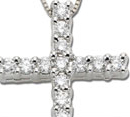
|
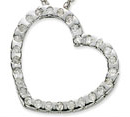
|
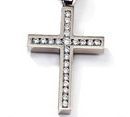
|

|
|
Gold Diamond Cross
Pendant
|
Gold
Diamond Heart Pendant
|
Gold
Diamond Cross Pendant
|
Gold
Slide Pendant with Chain
|
|
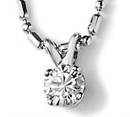
|
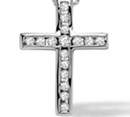
|
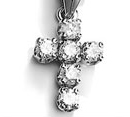
|
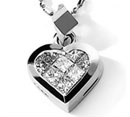
|
|
Gold Round
Diamond Solitaire
|
Gold Diamond Cross
Pendant
|
Gold Diamond
Cross Pendant
|
Gold Diamond
Heart Pendant
|
|
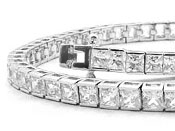
|
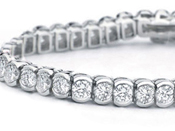
|
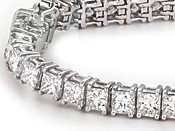
|
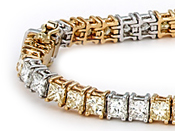
|
|
Princess-Cut Diamond Bracelet:
14K White Gold Open Channel Set
Studded with Princess-Cut Shape Diamonds. Also available in 14k Yellow Gold
& Platinum. View Diamond
Bracelets | Diamond Cut Color Clarity Details | Free Appraisal | Design
Your Own.
|
Round Diamond Bracelet:
14K White Gold Half Bezel Set Studded
with Round Shape Diamonds. Also available in 14k Yellow Gold & Platinum.
EView Diamond Bracelets | Diamond
Color Cut Clarity Details |
Free Jewelers Appraisal.
|
Princess-Cut Signature
Diamond Bracelet: 14 Karat White Gold
Bracelet Four-Prong (Prong Settings are better as it allows more diamond view
& holds the stones girdle more securely) Set with Princess-Cut Diamonds.
View Diamond Bracelets | Diamond Grading | Free Appraisal.
|
Diamond Bracelets:
18K White Yellow Gold Two Tone
Italian Bracelet Elegant 4-Prong Set with White & Yellow Square Diamonds.
View Platinum Gold Heart Tag Bracelet | Diamond Color Cut Clarity Details | Free Bracelet Appraisal |
Can Be Customized
|
|
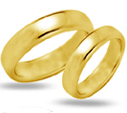
|
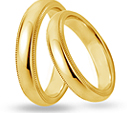
|
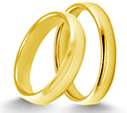
|
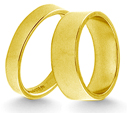
|
|
Gold
Comfort Fit Wedding Rings: Wedding Rings. Yellow gold comfort fit wedding
rings. View Details.
|
Comfort
Fit Milgrain Wedding Bands: Gold wedding rings. Yellow gold comfort fit
milgrain wedding rings. View Details.
|
Half Round
Wedding Bands: Gold wedding bands. Yellow
gold half round wedding rings. View Details.
|
Flat Pipe
Cut Wedding Rings: Gold wedding rings. Yellow gold flat pipe cut
wedding rings. View Details.
|
|
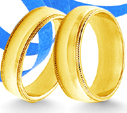
|
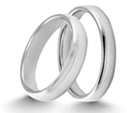
|
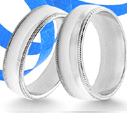
|
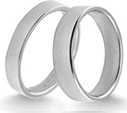
|
|
Half Round
Milgrain Wedding Rings: Gold wedding bands. Yellow gold half round
milgrain wedding rings. View
Details.
|
Half Round
Wedding Rings: Gold wedding bands. White gold half round
wedding rings. View Details.
|
Half Round
Milgrain Rings: Gold wedding rings. White gold half round
milgrain wedding rings. View
Details.
|
Flat Pipe
Cut Wedding Bands: Gold wedding rings.White gold flat pipe cut
wedding rings. View Details.
|
|
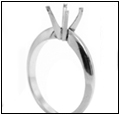
|
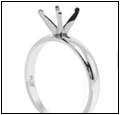
|
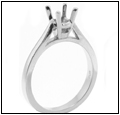
|
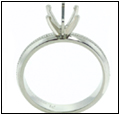
|
|
Classic Solitaires. The Classic Diamond Solitaire Ring! Who doesn't want
it View Ring.
|
Classic Solitaires. The Classic Diamond Solitaire Ring! Who doesn't want
it View Rings.
|
Classic Solitaires. The Classic Diamond Solitaire Ring! Who doesn't want
it View Ring.
|
Classic Solitaires. The Classic Diamond Solitaire Ring! Who doesn't want
it View Rings.
|
|
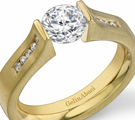
|
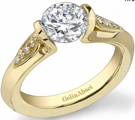
|
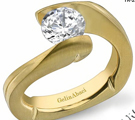
|
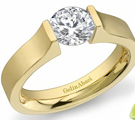
|
|
Designer
Jewelry: Tension Set Diamond Engagement Rings
|
Designer
Jewelry: Tension Set Diamond Engagement Rings
|
Designer
Jewelry: Tension Set Diamond Engagement Rings
|
gner Jewelry: Tension Set Diamond Engagement Rings
|
|
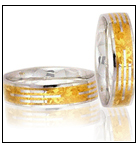
|
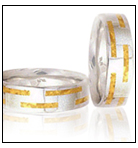
|
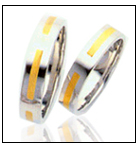
|
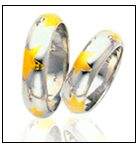
|
|
Platinum 24K Gold
Wedding Rings
|
Platinum 24K Gold
Wedding Rings
|
Platinum 24K Gold
Wedding Bands
|
inum 24K Gold Wedding Bands
|
|
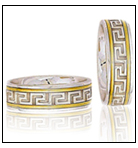
|
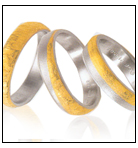
|
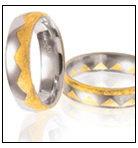
|
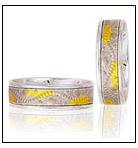
|
|
Platinum 24K Gold
Wedding Rings
|
Platinum 24K Gold
Wedding Rings
|
Platinum 24K Gold
Wedding Bands
|
Platinum 24K Gold
Wedding Bands
|
|
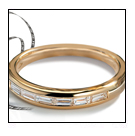
|
 |
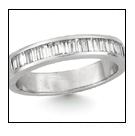 |
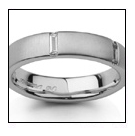 |
|
Platinum Channel Set
Bagguette Diamond Rings
|
Platinum Bagguette and Princess Cut Diamond
Rings
|
Platinum Bagguette Diamond His Her Diamond
Bands
|
Platinum Diamond
Anniversary Rings
|
For More Mens Jewelry & Mens Diamond Rings Click Here.
|

|
| |
|
|
|
|
Gemstone Education
|
|

|
|
|
Diamond Education
|
|
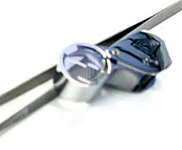
|
|
|
Jewelry Education
|
|
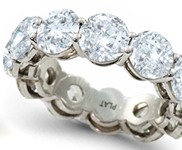
|
|
|
Metals Education
|
|
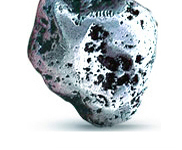
|
|
|
|
|
|
|
|
Settings Education
|
|
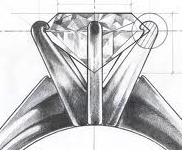
|
|
|
Designs Styles Education
|
|
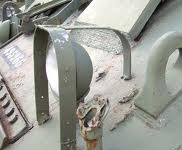
|
|
|
Ring Size Education
|
|
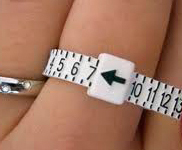
|
|
|
Certification Education
|
|
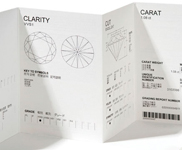
|
|
|
|
|
|
|
|
Authencity Education
|
|
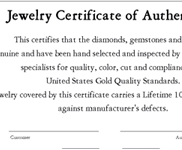
|
|
|
Genuine Gems Education
|
|

|
|
|
Buying Online Education
|
|

|
|
|
Jewelry Care Education
|
|
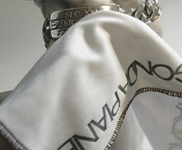
|
|
|
|
|
|
|
|
Gems Care Education
|
|
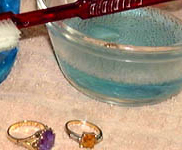
|
|
|
Company Info Education
|
|
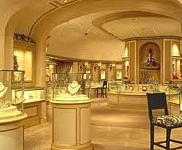
|
|
|
Sapphire Jewelry Advice
|
|
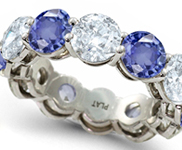
|
|
|
Emerald Jewelry Advice
|
|
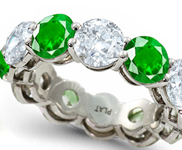
|
|
|
|
|
|
|
|
Ruby Jewelry Education
|
|
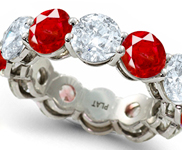
|
|
|
Antique Jewelry Advice
|
|
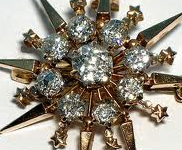
|
|
|
Gems Mining Education
|
|

|
|
|
Eco-Friendly Education
|
|
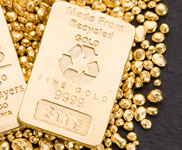
|
|
| Online Shopping Tips - How to Buy Authentic Jewelry, Genuine Gemstones, Natural Diamonds & Real Gold |
|
What is a Genuine Gemstone? Know All About Genuine Gemstones. Read More.
|
|
What is Authentic Jewelry? Know All About Authentic. Read More.
|
|
What is Certified Jewelry? Know All About Certified Jewelry. Read More.
|
|
What is Fine Designer Jewelry? Know All About Fine Jewelry. Read More.
|
|
Genuine Gemstones Identification? Know All About Fine Genuine Gemstones. Read More.
|
|
What is Real Gold, Platinum, Silver, Palladium or Fake Gold Filled, Gold Plated? Know All About Real Gold, Platinum, Silver, Palladium, Platinum, Silver, Palladium. Read More.
|
|
Jewelry Caring & Cleaning, Ruby Jewelry Caring & Cleaning, Sapphire Jewelry Caring & Cleaning, Emerald Jewelry Caring & Cleaning, Diamond Caring & Cleaning. Read More.
|
|
Genuine Diamond Testers, Genuine Gemstones Testers, Real Metal Testers, Authentic Jewelry Testers. ? Know All About Testers to Identify Natural Diamonds, Genuine Gemstones, Real Metals and Authentic Jewelry. Read More.
|
| Sndgems Jewelry Trade Affiliations, Read More and Conflict-Free Diamonds. Read More. |
| Celebrity News - Red Carpet, Oscars, Celebrity Jewelry. Read More. |
| Fine-Quality Burma Ruby, Ceylon Ruby, Kashmir Sapphire, Burma Sapphie, Columbian Emerald Guides. Read More. |
| Complete Online Shopping Guide to ensure safe shopping, getting quality value product with money back guarantee when shopping online for jewelry. Read More. |
|
Identification of Synthetic or Fake Emeralds from Genuine Emeralds Guidelines. Read More.
|
|
Identification of Synthetic or Fake Rubies and Sapphires from Genuine Rubies and Sapphires Guides. Read More.
|
| Identification of Ruby, Sapphire Sources - If they're from Burma, Ceylon or Thailand. Read More. |
| Identification of Emerald Sources - If they're from Columbia, Zambia, Brazil, Africa. Read More. |
| Gemstone Buying Guides - How to Evaluate, Identify & Select Genuine Gemstones of Good Quality. Read More. |
|
Gemology 101: Gemologists Identification & Valuation of Gemstones Diamonds. Read More.
|
|
Identification of Synthetic or Fake Imitation Diamonds from Genuine Diamonds Buying Guides. Read More.
|
|
Jewelry Appraisal Education Center - What's Your Jewelry Worth? Jewelry Appraisal, Diamond and Gemstone Appraisals Guidance. Authentic Jewelry: Certified Diamond & Genuine Gemstone Jewelry. Read More.
|
|
Learn about Diamond Ring Styles and Designs – Choose your Perfect Engagement Ring, Anniversary Ring or Wedding Ring. Learn More.
|
| Jewelry as a gift for your Man – An elaborate Men’s Jewelry Buying Guide. Read More. |
| Sterling Silver - A brief look into its History & Buying Guide. Read More. |
|
The Worlds Top Jewelry Stores, Online Shopping Guides. Read More.
|
| Complete Online Shopping Guide to ensure safe, secure online jewelry shopping. Read More. |
|
|